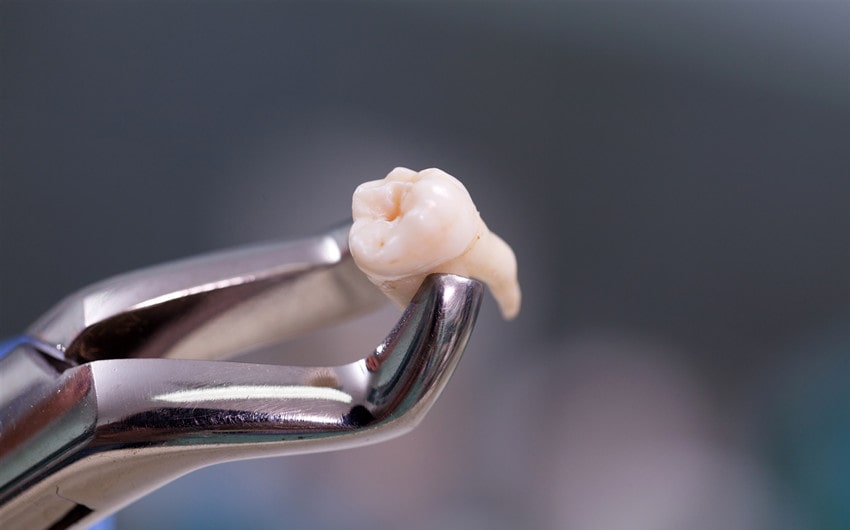Can I Travel After Wisdom Tooth Extraction? Here’s What I Learned
When I had my wisdom teeth removed, I wasn’t just thinking about the surgery—I was thinking about the flight I had booked three days later. I wondered if I could still go. If I’d be miserable. If my mouth would swell midair.
If you’re asking yourself, “Can I travel after wisdom tooth extraction?”—you’re not alone. The short answer is yes, but only if you’re healing well and plan carefully. Here’s what I learned, and what I wish I’d known before I packed my bag.
1. First 24–48 Hours: Stay Put
The first two days after your surgery are crucial. This is when blood clots form in the extraction sites to start the healing process. If those clots come loose, you could develop dry socket—a painful condition that exposes bone and delays healing.
During this window, you’ll likely have swelling, tenderness, limited mouth movement, and maybe even mild bleeding. Flying or traveling in a car during this stage can be uncomfortable at best and risky at worst. Take it easy. Use cold compresses, follow your dentist’s care instructions, and avoid physical strain. Rest matters more than you think.
2. Day 3–5: Travel Is Possible—But Only If You’re Healing Well
By the third day, many people start to feel better. Swelling begins to go down, bleeding stops, and you may be able to speak and eat soft foods more comfortably. That’s when travel might seem doable—but it still depends on how your body is responding.
If you had a simple extraction and are feeling well, you can cautiously consider traveling. Talk to your oral surgeon first or your dentist in Orlando, if you’re in the area, to ensure you’re fully ready. If you’re flying, choose a short flight. If it’s a road trip, plan frequent breaks to rest. Be prepared with pain relief meds, extra gauze, and plenty of water. You want flexibility—not a rigid schedule that forces you to push through discomfort.
3. Flying Too Soon: Understand the Risks
Air travel comes with its own complications post-surgery. Cabin pressure can worsen swelling and sinus sensitivity, especially if your upper wisdom teeth were removed. Changes in pressure during takeoff and landing can cause throbbing pain or disrupt early healing.
The air inside airplanes is dry, which can dry out your mouth and irritate healing tissue. If you fly too soon and develop complications like dry socket mid-trip, it can be hard to find dental care on the go. That’s not a risk most people want on vacation. If you absolutely must fly, bring a recovery kit: your prescribed meds, extra gauze, a refillable water bottle, and soft snacks like applesauce or yogurt cups.
4. Driving After Surgery: Safer, But Still Needs Planning
Driving is a more manageable option, but still not without challenges. If you’re the driver, you should be off all prescription painkillers and alert enough to handle the road. If you’re the passenger, the main concern is keeping your head elevated and avoiding excessive movement or vibration.
Make your road trip gentle. Bring a neck pillow, stay hydrated, and plan soft food stops or bring your own cooler with recovery-friendly snacks. Have salt packets and bottled water on hand for gentle rinses during breaks. Even in a car, you’ll feel the fatigue. Healing takes energy—budget for that.
5. When to Reschedule: Warning Signs to Watch For
If your recovery isn’t going smoothly, travel should wait. Signs that you should postpone include ongoing bleeding, severe pain beyond day three, bad breath or an unpleasant taste (which could indicate infection), fever, or facial swelling that’s not going down.
These are red flags that need attention. If you’re still relying on prescription pain medication to get through the day, flying or long-distance travel isn’t wise. Remember, it’s easier to reschedule a trip than to recover from a worsened complication far from home. If your condition worsens while traveling internationally, seek emergency dental service immediately for your safety. For instance, if you experience a dental emergency in the Cleveland area, you must know how to find an emergency dentist in Cleveland to get prompt care.
6. What to Pack If You Must Travel
If your travel is non-negotiable—whether for work, family, or a special occasion—go prepared. Bring all your medications, painkillers, antibiotics, and your dentist’s aftercare instructions. Keep gauze pads, an ice pack, a small container of salt, and a bottle you can use for warm salt rinses.
Pack soft, travel-friendly snacks: smoothies, mashed potatoes, pudding cups, yogurt, or instant oatmeal. Skip anything crunchy, spicy, or too hot. And don’t forget wet wipes, a travel toothbrush, and hand sanitizer. You want to keep your mouth as clean as possible, especially if you’re snacking on the move.
7. Best Time to Travel After Extraction: My Advice
Based on my own experience and what my oral surgeon told me, waiting 5–7 days is ideal. By that point, most swelling is gone, the wounds are closing nicely, and your energy is starting to come back. You’re less reliant on medication and better able to enjoy the trip.
Traveling before that is possible—but not recommended unless you feel strong and are cleared by your doctor. There’s nothing romantic about sightseeing with a swollen jaw and a bottle of ibuprofen in your pocket. You’ll enjoy your destination so much more when you feel like yourself again.
8. Final Thoughts: Healing Comes First
Yes, you can travel after wisdom tooth extraction. But healing doesn’t care about your itinerary. Don’t rush the process just to stick to a schedule.
If your body is telling you to slow down, listen. That quiet space after surgery is where your body resets—and where you get a rare excuse to do nothing but take care of yourself. Your trip will wait. Your mouth, on the other hand, deserves your full attention.







